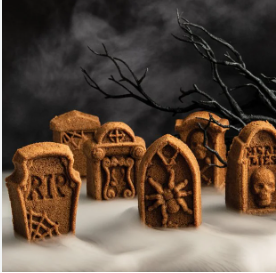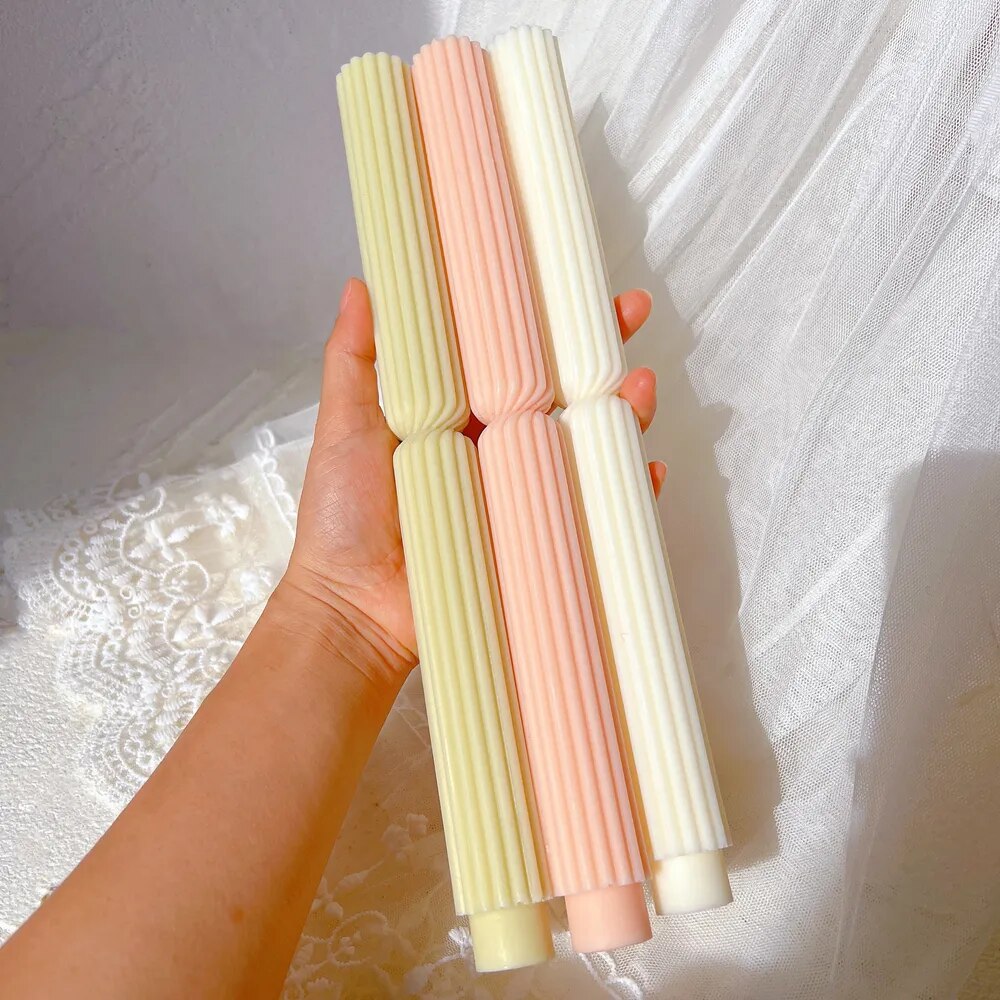Body Molds: Essential Techniques, Materials, and Expert Tips

Body molds are not just a fascinating aspect of art; they represent a unique fusion of creativity and craftsmanship. Whether you’re an artist looking to explore new mediums or simply someone intrigued by the process, creating body molds opens up a world of possibilities. Imagine capturing intricate details that can bring your designs to life—be it for sculptures, tattoos, or crafts.
From geometric female forms to dramatic dragon tattoo man representations and even snake wrapped intricacies—body molds allow artists to express their ideas in extraordinary ways. Let’s dive into the essentials: techniques, materials, and expert tips that will elevate your molding game. Are you ready to unleash your inner creator?
What are Body Molds?
Body molds are precise casts that replicate the contours of a human figure. These molds can capture everything from delicate facial features to intricate body shapes.
Artists and craftspeople often use them to create sculptures, masks, or other artistic pieces. The versatility of body molds means they can serve various purposes across different styles and mediums.
In the world of tattoo art, for instance, these molds help in designing unique pieces like geometric female forms or dynamic dragon tattoos. They provide an accurate foundation for artists to work on skin or other surfaces.
Moreover, body molds offer an exciting way to explore themes such as identity and representation. By preserving the essence of the human form, they give life to creative ideas in fresh and engaging ways.
Materials Needed for Making Body Molds

Creating body molds requires a thoughtful selection of materials to ensure success. First on the list is molding material, commonly silicone or plaster. Silicone offers flexibility and detail, while plaster is cost-effective for larger projects.
Next, you’ll need a release agent. This prevents the mold from sticking to your original model. Options like petroleum jelly or specialized sprays work well.
You'll also want mixing tools—cups and sticks—to blend your materials smoothly. Measuring scales are crucial for accuracy in ratios.
Don’t forget protective gear! Gloves and masks will keep you safe from chemicals during the process.
Consider support structures such as boxes or frames to hold your molding material in place as it sets. Each element plays a vital role in ensuring that your body mold turns out perfect every time.
Step-by-Step Guide on Making a Body Mold

Creating a body mold can be an exciting journey into the world of art and craftsmanship. Start by preparing your workspace. A clean, well-ventilated area is crucial for this project.
Next, gather your materials: alginate or silicone rubber works best for skin detail. You'll also need plaster bandages to create a supportive shell.
Once ready, apply a release agent like petroleum jelly on the skin to prevent sticking. Now it’s time to start molding! Carefully cover the desired body part with alginate or silicone in even layers.
Allow it to set according to package instructions. Once cured, gently peel away the mold from the skin without rushing.
For added stability, mix plaster with water and layer it over your soft mold until dry. This step ensures you have a sturdy cast that retains every intricate detail of your original form.
Tips for Creating High-Quality and Detailed Molds
To create high-quality and detailed molds, start with proper preparation. Clean the body part thoroughly to remove any dirt or oils. This ensures a smooth surface for your mold.
Choosing the right material is crucial. Silicone rubber often provides excellent detail capture, thanks to its flexibility and durability. When mixing materials, follow instructions precisely for optimal results.
Apply a release agent before molding. This step prevents sticking and allows for easy removal later on.
Pay attention to temperature during casting. Most materials require specific conditions for curing properly, which affects the final quality of your mold.
Utilize multiple layers if needed, especially for larger areas or intricate designs like geometric female forms or dragon tattoos. Each layer builds up strength without sacrificing detail.
Patience is key—allow ample time for each stage of the process so that you achieve professional-looking results every time.
Common Mistakes to Avoid when Making Body Molds

One of the most common mistakes is underestimating preparation. Always ensure your workspace is clean and organized before starting. A cluttered area can lead to accidents or misplaced materials.
Another frequent error involves choosing the wrong material for your project. Not all molds are created equal, so understanding the characteristics of different molding substances is crucial.
Many creators rush into mixing without checking ratios. Incorrect proportions can compromise mold strength and detail, leading to disappointing results.
Additionally, neglecting proper release agents can ruin a perfect mold. Without these agents, you risk damaging both your mold and the original model during removal.
Impatience often derails projects. Allow sufficient curing time for materials before handling them; this ensures durability and quality in your final product.
Creative Uses for Body Molds in Art and Crafts
Body molds offer a unique canvas for creativity. Artists can create stunning sculptures that capture the human form in various poses and expressions.
Incorporating body molds into mixed media projects adds depth and intrigue. Imagine combining textures, colors, and materials to enhance the visual appeal of your work.
Crafters can also use body molds for functional items like jewelry or home decor. A snake wrapped around a geometric female silhouette could be an eye-catching pendant or wall hanging.
For those interested in cosplay or costume design, body molds provide a foundation for creating intricate armor pieces and accessories. These crafted elements elevate any outfit to new heights.
Educational applications exist too! Body molds serve as teaching tools in anatomy classes, helping students visualize muscle structure and proportions firsthand while engaging them creatively at the same time.
Conclusion: Embracing the Versatility and Beauty of Body Molds
Body molds are a fascinating intersection of art and technique. They allow artists to capture the essence of the human form, creating stunning representations that can evoke emotion and provoke thought. With various applications in sculpture, jewelry making, and even tattoo design—think intricate Dragon Tattoo Man or mesmerizing Snake Wrapped motifs—the possibilities are endless.
The versatility of body molds opens up a world where creativity knows no bounds. Whether you’re working with geometric female forms or crafting unique artistic pieces for your gallery, mastering mold-making techniques enhances both skill and expression.
Embracing body molds not only enriches your craft but also invites exploration into new dimensions of artistry. As you experiment with different materials and methods, you'll discover unique ways to showcase beauty in all its forms. So grab your supplies, let your imagination run wild, and experience firsthand how empowering it is to create through body molds!


Leave a comment
This site is protected by hCaptcha and the hCaptcha Privacy Policy and Terms of Service apply.